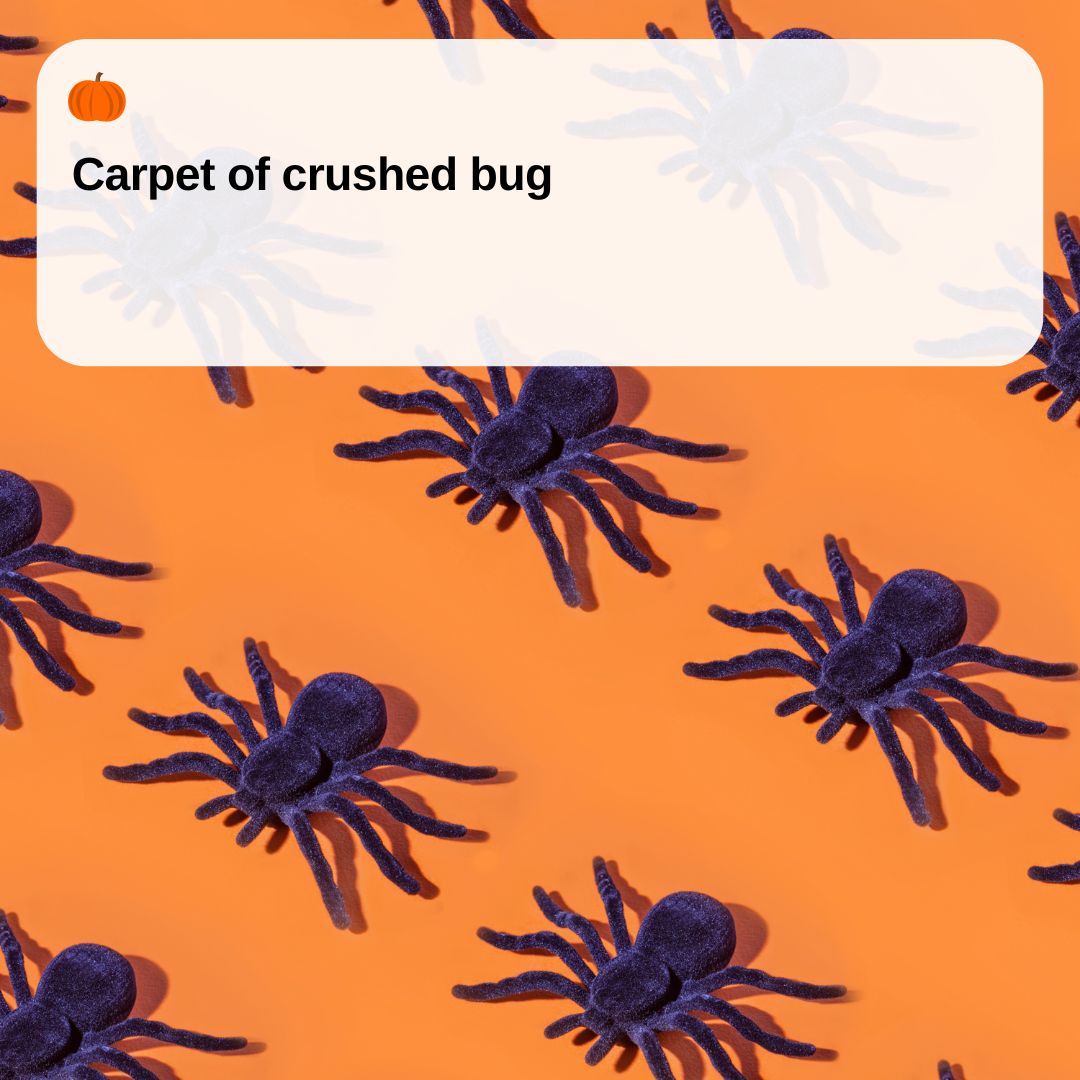Carpet of crushed Bugs
There's something strangely visceral around the express "carpet of pulverized bugs." It paints a picture of something both characteristic and frightening. Envision strolling into a room where the floor sparkles with luminous parts of wings, modest legs bent and squeezed level against the surface. It's not fair a visual scene; it's material. The thought of venturing on that surface makes you nearly feel the crunch underneath your feet, indeed on the off chance that you're as it were envisioning it.
It may well be a allegory, in spite of the fact that. Possibly the bugs speak to a battle, endless little fights misplaced, their pulverized shapes a confirmation to something more noteworthy. Maybe it's the consequence of survival—humans, in their journey to overwhelm the spaces they occupy, taking off behind a path of destruction. Each bug, an person story, quieted within the cacophony of presence.
Or, maybe, it's a exacting scene. A summer evening when moths and creepy crawlies were drawn to the light and afterward overlooked, their lives finished by the weight of human nearness. The discuss is thick with the memory of it:
the black out scent of clean, the gleaming update of nature's delicacy underneath.
But there's too something lovely here. Smashed bugs are a update of the sensitive adjust we regularly disturbed. They symbolize life in its littlest, most ignored frame. A carpet of pulverized bugs may well be an artist's establishment, a explanation approximately natural rot, human carelessness, or the sheer flexibility of nature in spite of being persistently trampled.
Within the conclusion, "carpet of pulverized bugs" isn't fair a phrase. It's an thought, a preview of humanity's interaction with the world—a world both wonderful and brutal, delicate and unwavering.
